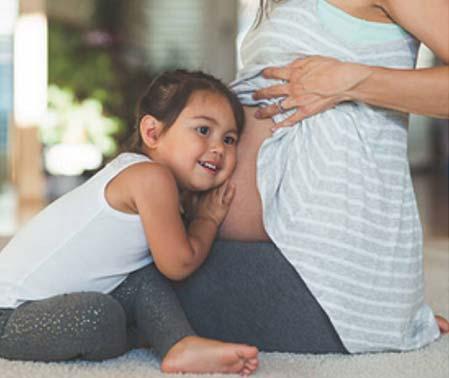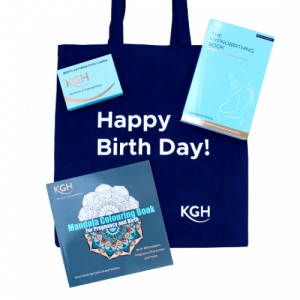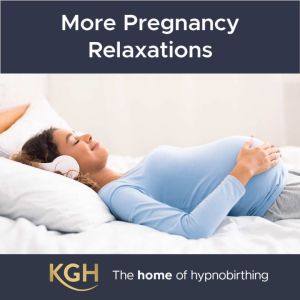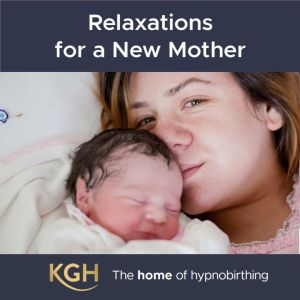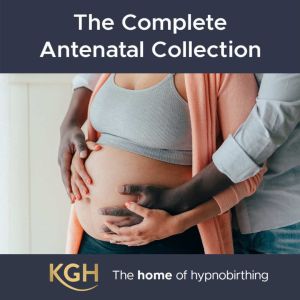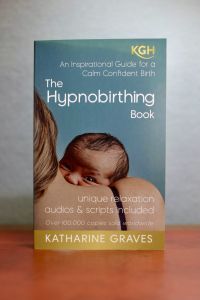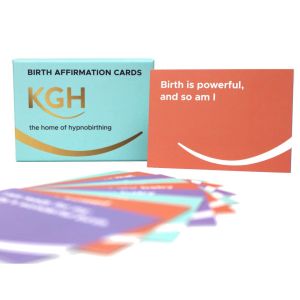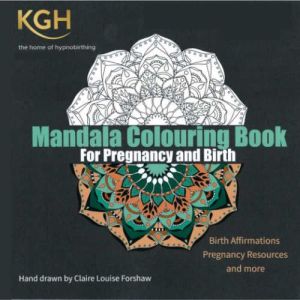Over the last century, a revolution has taken place in childbirth, and the pendulum is swinging towards natural birth, with the back-up of medical expertise where needed, but we are beginning to realize that that need is less than previously thought.
A hundred and fifty to two hundred years ago, there was little if any help for women in childbirth. Over the centuries such herbal knowledge that there was had been withheld from women in labour and, even when anaesthetics were discovered, they were used in surgical operations but not to relieve pain in labour.
Then from a hundred and fifty to just over fifty years ago the pendulum swung completely in the opposite direction and, from the time that Queen Victoria demanded anaesthetics in labour, women were more and more frequently anaesthetized until it became the norm to give birth under anaesthetic with a forceps delivery. This was what happened when Marie Mongan, the founder of The Hypnobirthing Institute, first gave birth in the late 50s.
How has this change taken place since then?
First there were observant and open-minded obstetricians like Grantly Dick-Reed in the first half of the 20th century and Michel Odent who practiced from the 1980s to the present time. Such men were prepared to think outside the box and question the practices of the time and, as a result, were often treated as mavericks by their peers. Dick-Reed was puzzled why a few women gave birth naturally with no drugs and no pain, but most women suffered agony in labour. He pondered on this, and came to the completely accurate conclusion that the root of the problem was fear. Fear leads to tension, and tension inhibits the natural working of the muscles and causes pain. Odent introduced birthing pools to his unit at Pithiviers near Paris in the 1980s and encourage women to give birth in whatever position they felt comfortable, often squatting, kneeling or standing with support.
Then there were the midwives, the people who see thousands of births and who come to know what works and what protocols are unhelpful. Maybe they bend the rules a little when they see it’s in a mother’s best interest, and, over time, new practices come to be accepted as normal.
People started writing about the phenomenon of natural and home births, including Michelle Leclaire O’Neill who was first credited with inventing the term Hypnobirthing in her 1987 book.
Other women have played their parts. When Marie Mongan gave birth to her first child the hospital protocols of the day dictated that she give birth lying flat on her back on a hard surgical couch with her legs in stirrups, arms strapped to the couch, and a chloroform mask on her face. By the time her third child arrived she had demanded to be allowed to birth naturally with her husband present, and this natural, gentle birth was the precursor of Hypnobirthing. It is difficult for a first time mother to stand up for what she wants in a strange environment where she is under pressure to conform and fearful of being labeled a ‘difficult patient’ and of doing anything that could harm her baby. But enough mothers have held out for the natural birth they had planned to have brought about great changes in practice over the years.
The internet has also been the cause of massive changes. These days as soon as a woman becomes pregnant she googles pregnancy, natural birth, etc. and is able to find out the pros and cons of each procedure for herself without relying exclusively on what she is told by the establishment.
Lastly, a major revolution in birthing is being brought about at the moment by Hypnobirthing and other methods that have followed where Grantly Dick Reid and Michelle Leclaire led. Women are taking responsibility for their own wellbeing and that of their babies and are being empowered to claim the calm, gentle, more comfortable way of giving birth which is their birthright.
Copyright The Hypnobirthing Centre 2007
